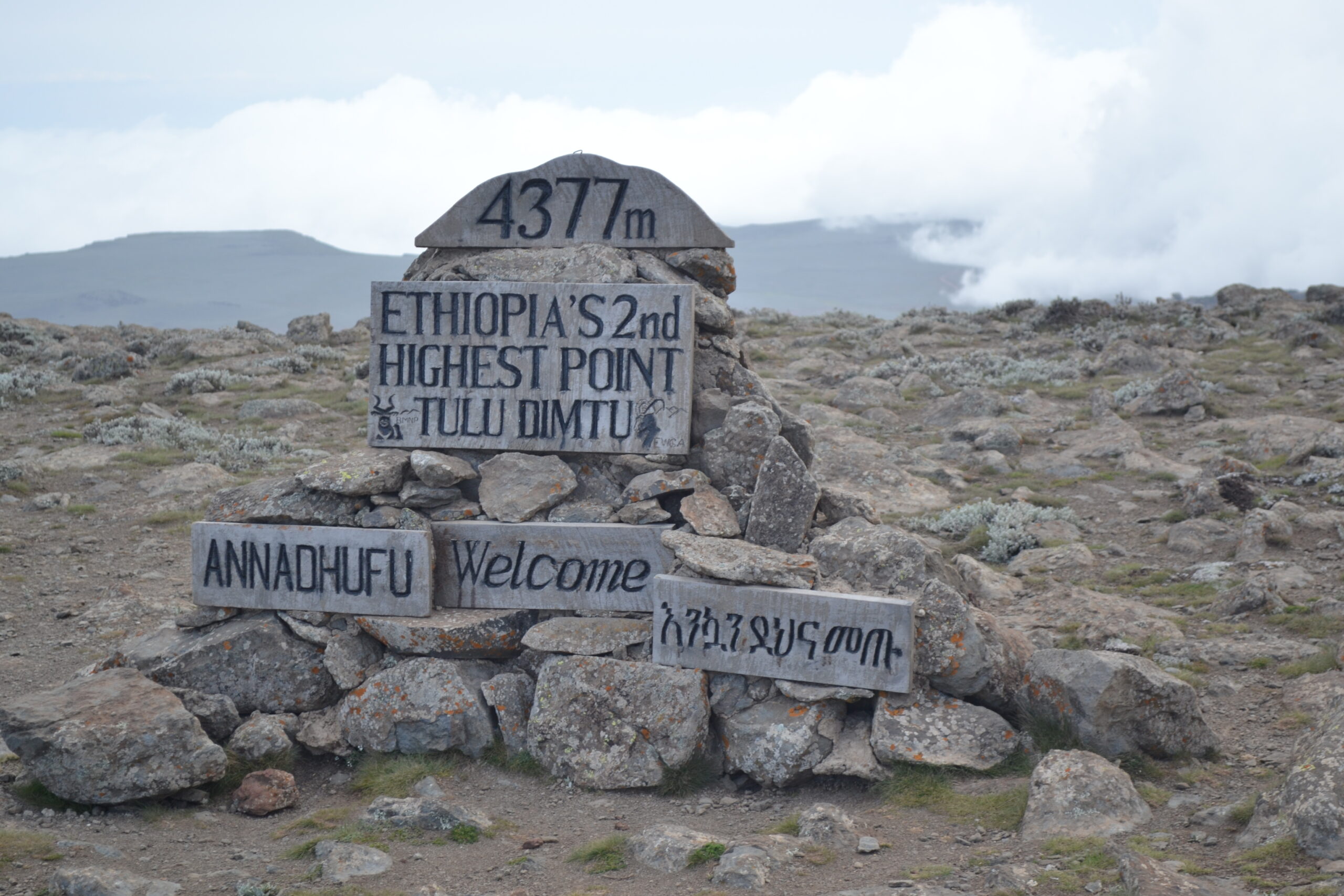Author(s) :
Volume/Issue :
Abstract :
Wollo, formerly called ‘Bête Amhara’, refers to a region of Amharic-speaking Christians in Ethiopia. It was one of the oldest provinces in Ethiopia; located in the north-eastern part where the Red Sea, Gulf of Aden, Sudan, and Central and Southern Ethiopia meet. Its geostrategic location has made it a focal point of historical dynamics in Ethiopia. Several writers of the medieval period referred to Bête Amhara as the “center and the heartland of the Abyssinian Empire.” It served as the political and cultural center of the Ethiopian Empire during the medieval period. As the political center shifted to the Lake Tana area following the expansion of Islam and the Oromo towards the region, the centrality of Bête Amhara came to an end. In spite of its historical importance, the political and religious backdrop of Bête Amhara has been neglected by scholars. Putting the geographical and historical developments in context, the central argument of this article is aimed at verifying how the medieval province of Bête Amhara had served as a political and cultural center of medieval Ethiopia. The methods employed in this research were principally qualitative, extensive reading of relevant literature, and field observations made in the different districts of Wollo Province between 2016 and 2017.
No. of Downloads :
31

